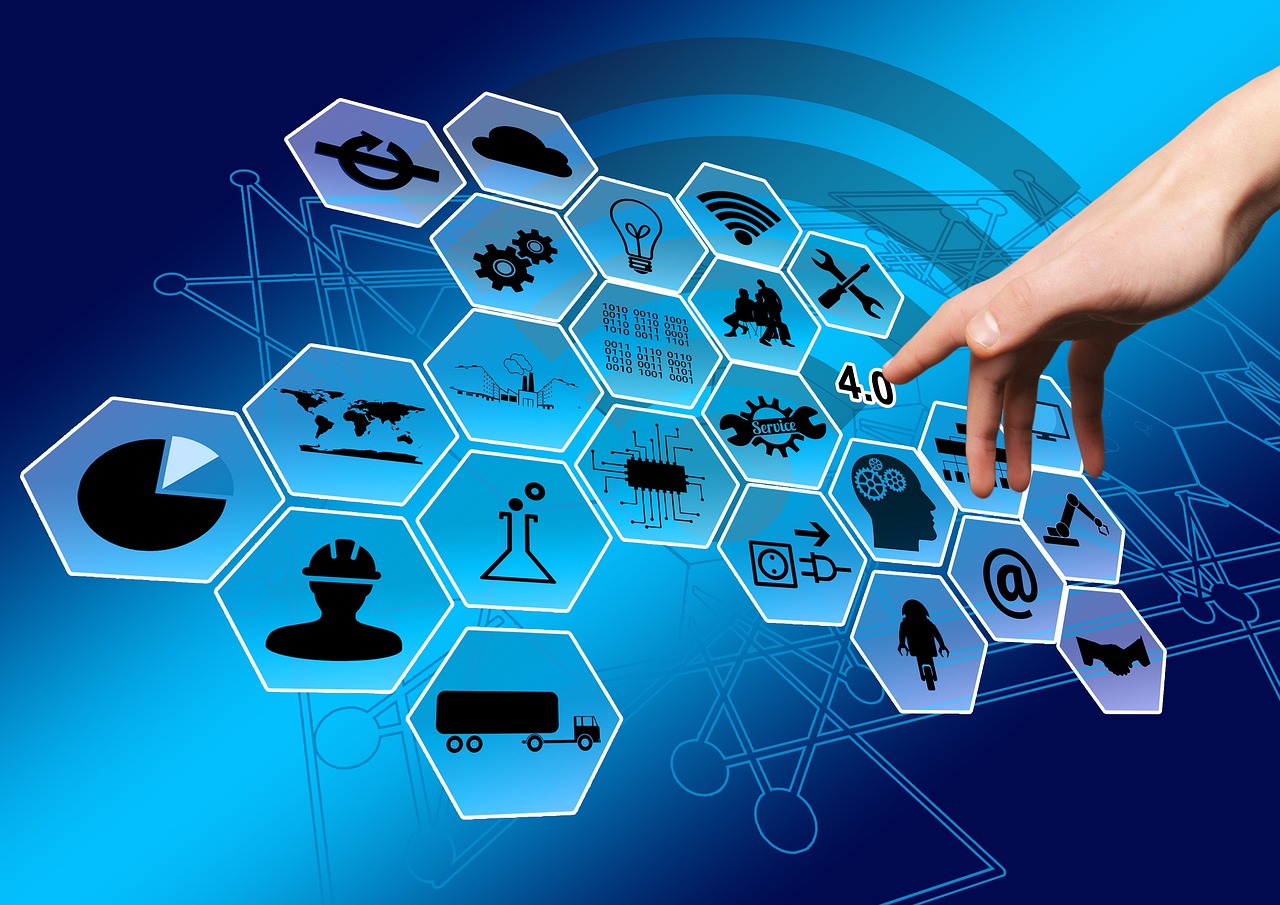The Impact of AI on Wildlife Poaching Detection
Artificial intelligence (AI) technology is revolutionizing conservation efforts worldwide. By utilizing AI algorithms and machine learning, conservationists are able to analyze enormous amounts of data to better understand and protect vulnerable species and their habitats. AI tools can track animal movements, identify endangered species, and monitor changes in the environment in real-time, providing valuable insights for conservationists to make informed decisions.
One of the key advantages of AI technology in conservation is its ability to efficiently process and analyze vast quantities of data that would be impossible for humans to handle manually. This enables researchers to detect patterns and trends that might otherwise go unnoticed, helping to predict potential threats to wildlife and ecosystems. With the help of AI, conservationists can take proactive measures to protect biodiversity and combat illegal activities such as poaching, ultimately contributing to the preservation of our planet’s precious natural heritage.
Challenges faced by wildlife due to poaching
Poaching remains a relentless threat to wildlife across the globe. From the majestic elephants of Africa to the critically endangered rhinos of Asia, no species seems to be immune to the destructive impacts of illegal hunting. The insatiable demand for wildlife products, fueled by myths and misconceptions, continues to drive poachers to commit atrocities in pursuit of quick profits. The consequences are dire, with populations dwindling and ecosystems left in disarray as key species are pushed to the brink of extinction.
Aside from the immediate loss of individual animals, poaching disrupts intricate ecological balance and threatens the survival of entire species. By targeting vulnerable populations and often removing key individuals, poachers destabilize natural dynamics that have evolved over centuries. Additionally, the illegal wildlife trade not only endangers animals but also facilitates the spread of diseases, further jeopardizing the health and resilience of ecosystems. Ultimately, the challenges posed by poaching reverberate beyond individual animals, affecting the delicate web of life that sustains biodiversity.
The illegal wildlife trade is estimated to be worth billions of dollars annually, making it a lucrative business for criminal syndicates.
Poaching also has significant economic impacts on local communities that rely on wildlife-based tourism for their livelihoods.
In addition to direct hunting, habitat destruction and fragmentation caused by poaching activities further threaten the survival of many species.
Conservation efforts are often hampered by limited resources and manpower, making it difficult to effectively combat poaching on a global scale.
How AI can aid in detecting poaching activities
AI technology has proven to be a valuable tool in detecting poaching activities, offering a promising solution to combat illegal wildlife trade. Through advanced algorithms and machine learning capabilities, AI systems can analyze vast amounts of data from various sources to pinpoint suspicious patterns and behaviors indicative of poaching.
By integrating AI-powered cameras and sensors in wildlife reserves and national parks, real-time monitoring of protected areas becomes more efficient and effective. These smart devices can differentiate between human and animal movements, alerting authorities to potential threats immediately. As a result, wildlife conservationists can respond promptly to incidents of poaching, increasing the chances of apprehending culprits and safeguarding endangered species.
What role can AI technology play in conservation efforts?
AI technology can help in detecting poaching activities by analyzing data from various sources such as satellite images, cameras, and sensors.
What are some of the challenges faced by wildlife due to poaching?
Wildlife face threats such as habitat destruction, decline in population numbers, and disruption of ecosystems due to poaching activities.
How can AI aid in detecting poaching activities?
AI can use algorithms to detect patterns and anomalies in data that may indicate illegal poaching activities, enabling authorities to take timely action.
Is AI technology effective in combating poaching?
Yes, AI technology has shown promising results in detecting and preventing poaching activities, leading to improved conservation efforts and protection of wildlife.






